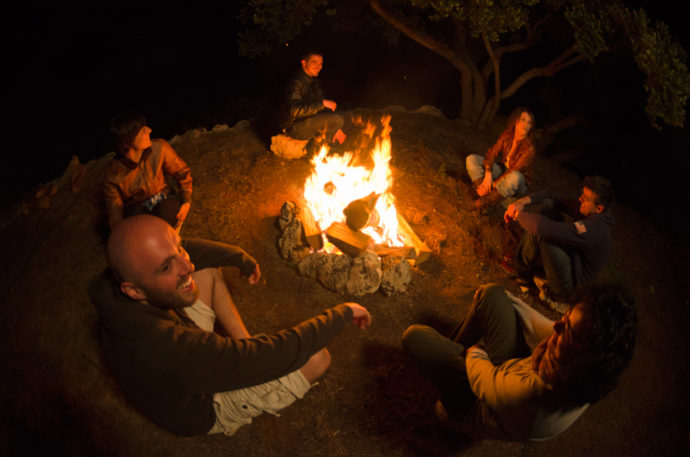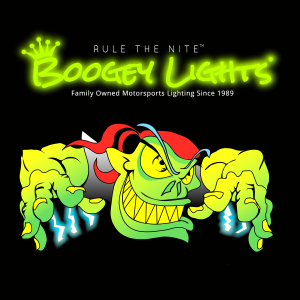A well-told scary story delivered beside the fire will make for a more memorable camping trip. Here are some ideas for adding chills to the fireside.
Besides s’mores, is there anything more traditional about a campfire than a great scary story? There are stories we pass on from when we were crowded around a fire in our youths, and there are newer ones we either stumble upon or create ourselves. The good thing about creating our own is that we can go as in-depth with the thrills as we want, and tailor our stories to what we know will spook our fellow campers.
Creating our own tales also means people won’t have heard them before, so it will be a new spook for everyone involved. But how do you create a great scary story?
Local legends are a great starting point
Wherever you camp, there’s likely some kind of urban legend that keeps kids up at night. It could be a woman who murdered people who camped on her land, or a phantom hitchhiker people picked up and then were never heard from again. Urban legends abound because the more primitive side of our brain is still afraid of the night, and we’re addicted to the adrenaline and chills that fear gives us.
If you’re heading farther away from home, do some research before the trip so you can find the spookiest stories that come from the area. If at all possible, try camping close to the scene of the legend for added chills. It always amps up the spookiness when you’re able to end with, “Some say her ghost still haunts these very woods.”
Play off the fears of others
We all have fears and phobias, and if you know what your campers are afraid of, you can play on that. The good thing about this approach is that the story can change whenever you’re with new people.
If you know someone is scared of spiders, maybe spiders are an indication that the ghost is near. If someone is afraid of the water, maybe the story’s victim drowned in a local lake. Tie it all back to the locality.
And if spiders indicate the presence of the ghost, make sure you know common local species and describe them in detail. This way if someone goes off alone to the bathroom and they happen to see the same spider, it will scare them further.
Make the campfire your stage
Verbal stories are different than written ones in that the storyteller can either make them or break them. Adding a hushed, silent voice at just the right moment, or a loud outburst as needed, goes a long way toward playing on others’ emotions.
This is more than just your voice; tension can be conveyed through body language as well. If you want campers to be scared, act fearful yourself. Stare off into the distance in the middle of your story and go silent for a time, as if you’ve seen something just beyond the range of the fire. Keep looking around as if you don’t want your story to be heard by others. Research ways to add tension through body language and practice them before you go.
Use props and gimmicks
Wouldn’t it be great if you could change the color of the fire at certain times during the story? Or maybe if you could control when the fire pops to add tension to the telling?
Well, you can. Certain chemicals will give the fire a different color, and salt can be tossed into the flames to produce a few nice snaps and pops. If you want to try this, be sure to use chemicals that are safe and won’t harm the campers, and make sure you’re adding them in a way that no one can see you’re doing it. If they do, it’s all ruined.
Another great prop is a hidden speaker and a track you’ve created. Obviously, if people see you playing with your phone, they’re going to be taken out of the story, but if you build a playlist with ample silence and random cracks of branches woven into them, you’re going to build a lot of tension.
Keep it real and relevant
Nothing blows a great horror story worse than outlandish claims or unrealistic outcomes. Leave enough mystery to let people finish the story in their own minds, which will often scare them much more than any ending you could come up with.
Also, don’t tell a story that happened ages ago. Make sure you’ve framed the story, so it’s something that’s happened recently. If it happened a long time ago, our minds will start dismissing it as history and not something we need to be worried about now.
For added tension, sit facing the other campers, so they’re looking at you. Keep the fire just big enough to provide light, but not so big that they can easily see into the woods. Storytelling is an art form, and it may take practice to get it just right, but if you don’t start now, you will never reach the level of mastery you want.
Scary stories aren’t the only way you can enjoy a night of camping, but they’re certainly a great way to add atmosphere before everyone turns in for the night. For more ways to enjoy your excursion, read our blog on other nighttime activities to add some fun.































